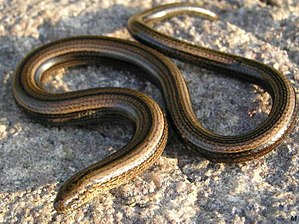 |
| Image via Wikipedia |
Sunday, 27 February 2011
Copepod
Wednesday, 23 February 2011
Hydra
 |
| Image via Wikipedia |
Sunday, 20 February 2011
What Do You Call a Fly With No Wings?: Rule Breakers
| What do you call a fly with no wings? A walk! Bwaaaahhaaahahahahahaaaa!! Either that or a Hippoboscid. That's right, there really are flies that can't fly, some of which have lost their wings entirely. We already looked at a lizard with no legs, so let's take the opportunity to find out about some more rebels who go out on a limb, break all the rules and live life for themselves. |
Wednesday, 16 February 2011
House Dust Mite
There are a few species of Dust Mite, each one about as horrid as the last. They can be found all over the world residing in human homes. Probably your home. Eating organic material such as shed skin cells. Probably your skin cells. They need a good amount of moisture and humidity to survive. Your moisture and humidity. No really, they reside in your bed and in your pillow and in your duvet, surviving on bits of your skin and sweat and saliva and your very breath. They wallow in your night-time activities. As you toss and turn, they are the grateful recipients of every drip and drop, every dribble and drizzle, and every gasp and sigh. Pretty sexy, huh?
Sunday, 13 February 2011
Manta Ray
 |
| Image via Wikipedia |
Wednesday, 9 February 2011
Olm
 |
| Image via Wikipedia |
Sunday, 6 February 2011
Horseshoe Crab
 |
| Image: la-blue-eyez via Flickr |
Wednesday, 2 February 2011
Slow Worm
 Image via Wikipedia
Image via Wikipedia
Subscribe to:
Posts (Atom)

